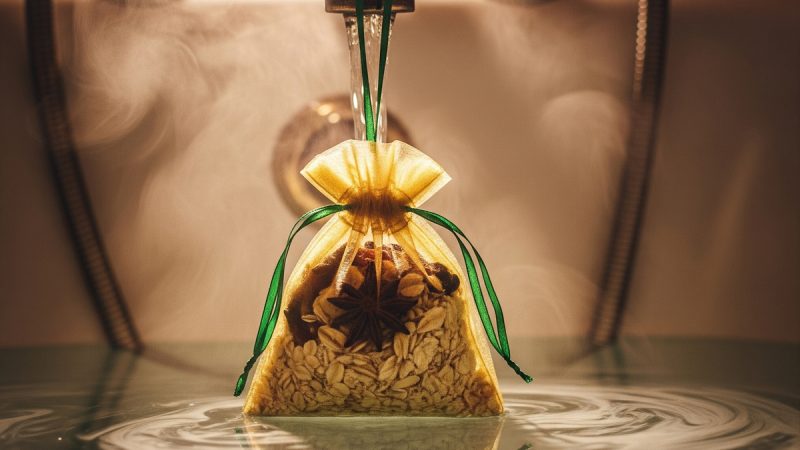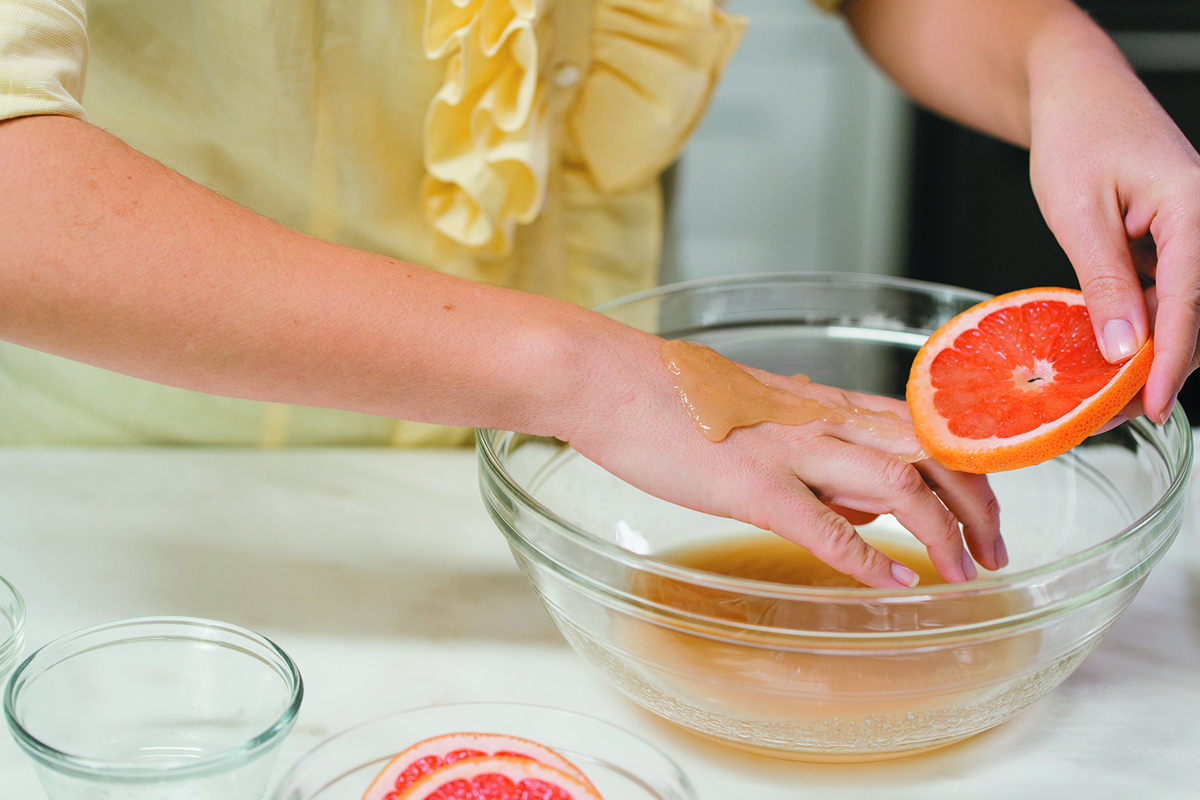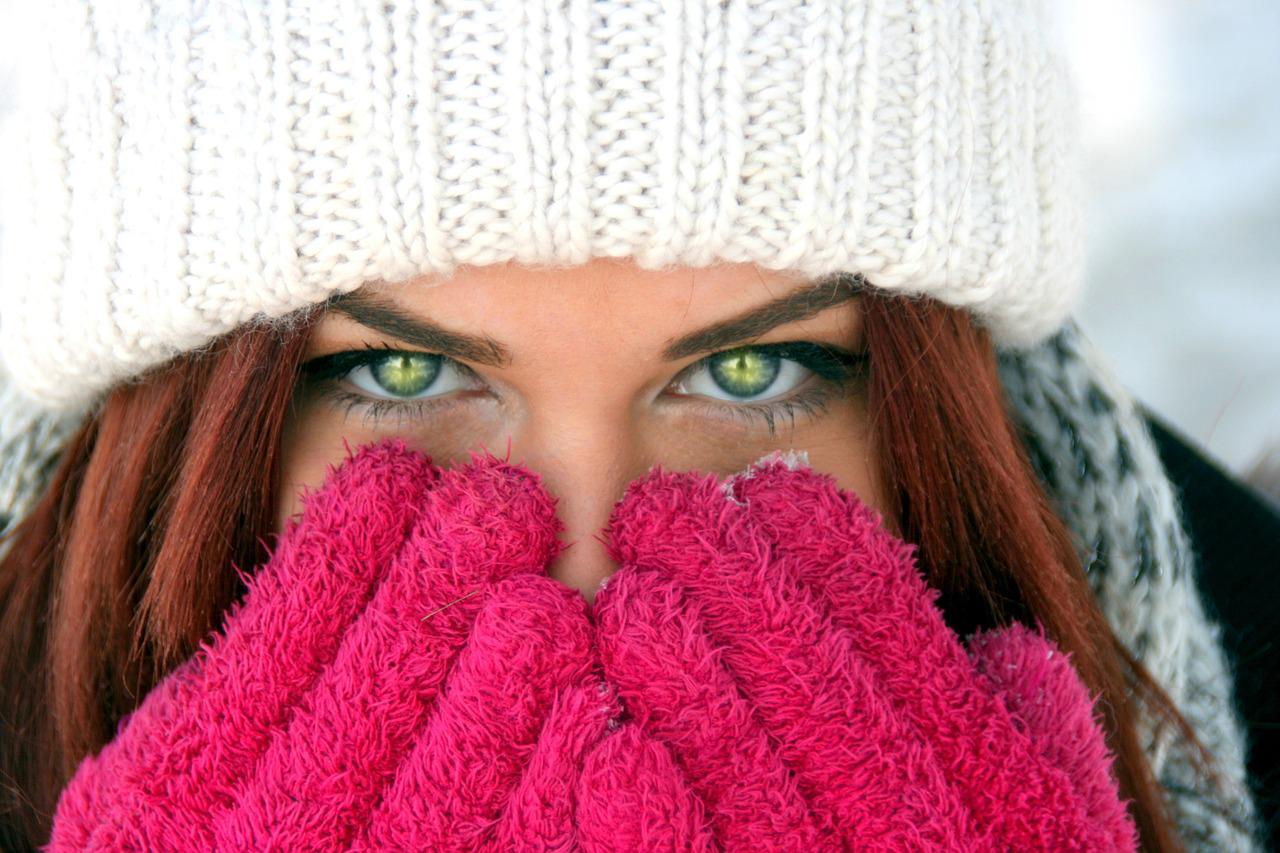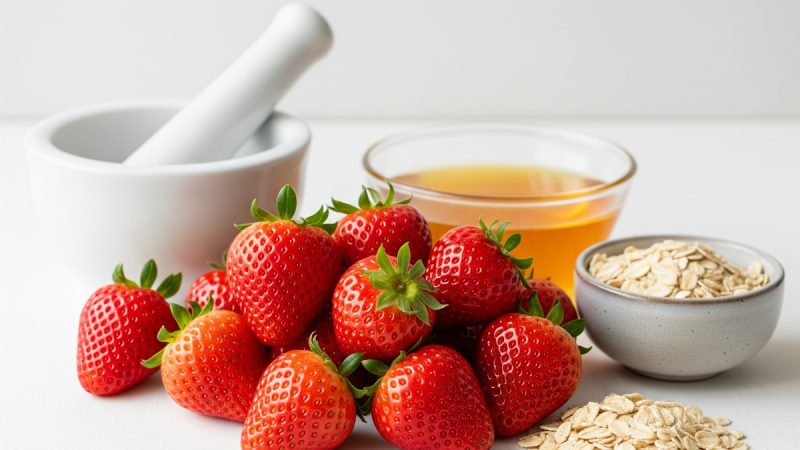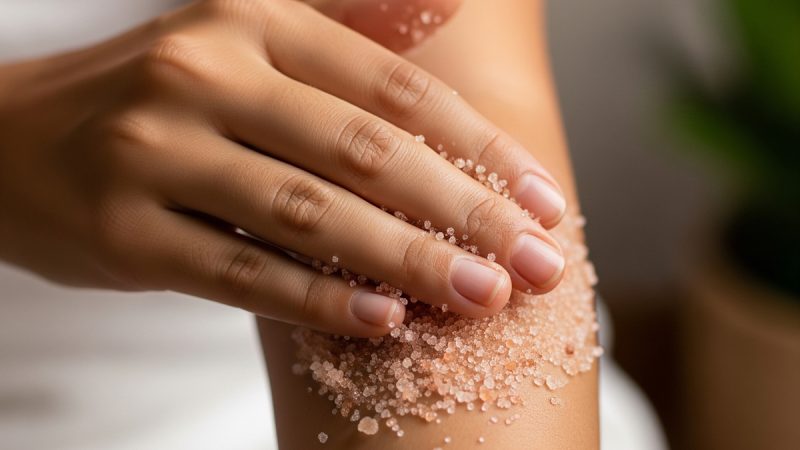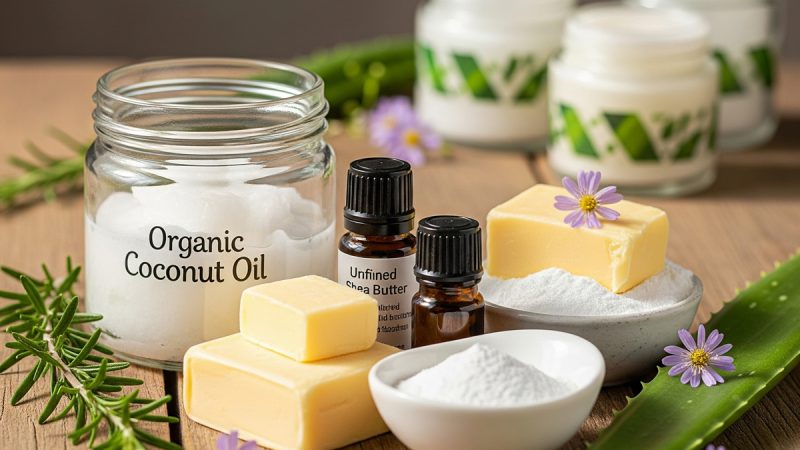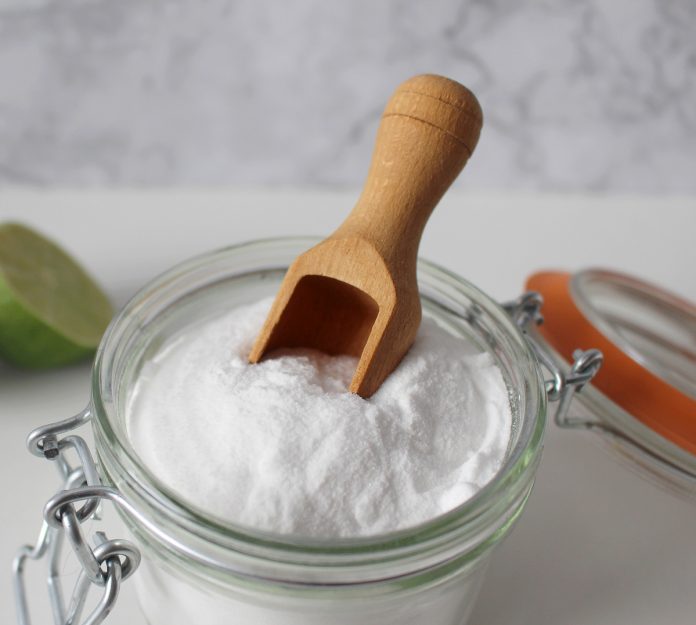Shea Butter: The Beauty Secret of Africa
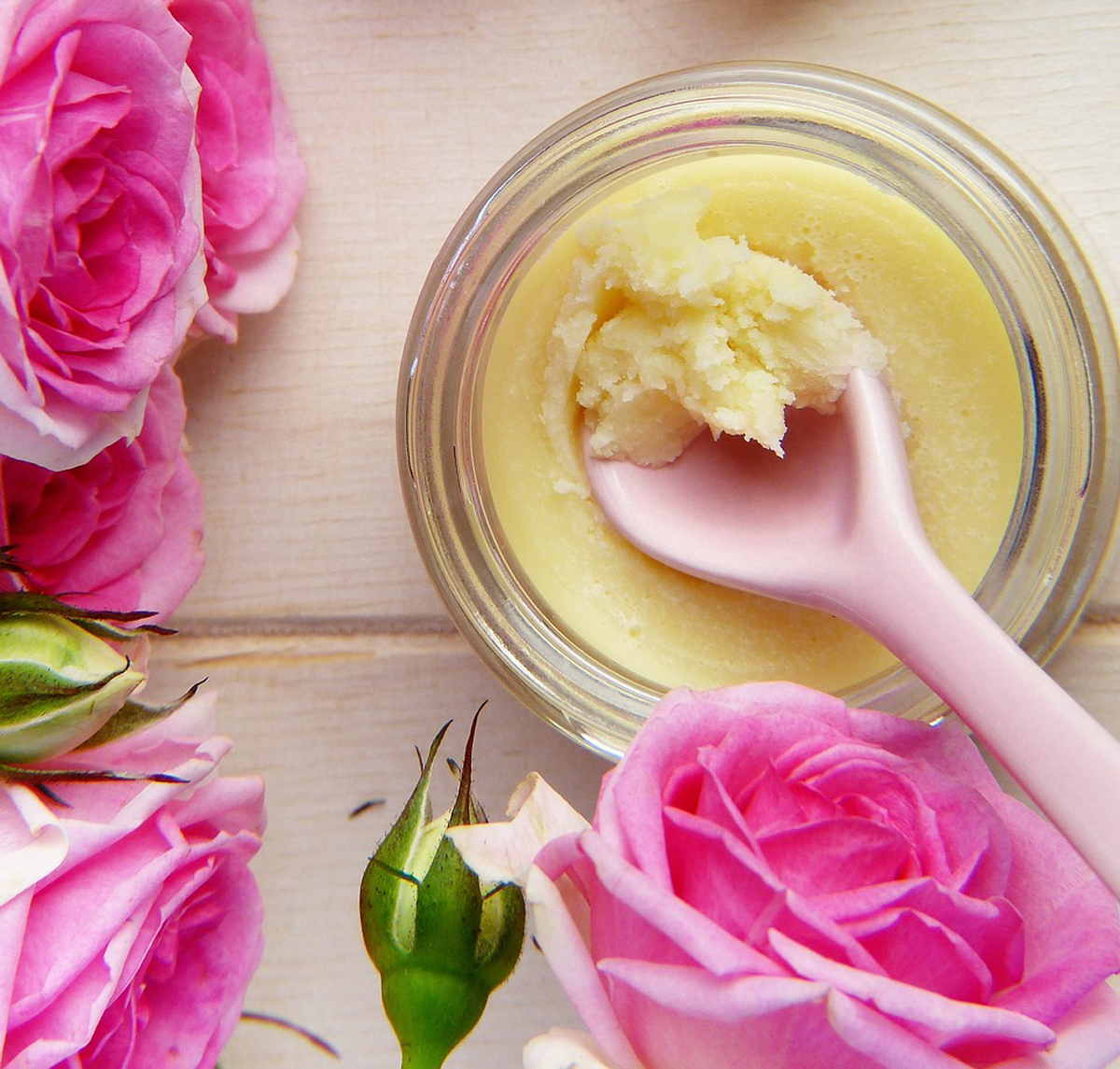
What is Shea Butter?
Shea butter originates from the Karite Nut tree, also called the Mangifolia tree, found in the semi-arid Savannah’s of West and Central Africa. The women of West Africa have been using shea butter for centuries. The Karite Nut tree, which can live for 300 years, is often dubbed the “tree of life” by African women who make this precious butter by hand. Almost all parts of the tree have some practical use. The bark is an ingredient in traditional medicines against certain childhood illnesses and minor scrapes and cuts. The shell of the nuts can repel mosquitoes. Above all, because it is completely non-toxic and gentle, the fruity part of the nut, when crushed, yields a vegetable oil that can be used in soap-making, cooking, and skin and hair care.
The Making of Shea Butter
The process of making shea butter, or karite, is long and arduous for the women of Africa. They awake early and trek up to 15 km (9 mi) to collect the fruits of the Karite Nut tree. With up to 40 kg (88 lbs) of fruits upon their heads, the women and children head back to the village to begin the process of extracting the butter from the kernel of the fruit. The pits are first removed from the fruit, boiled, sun-dried and finally roasted. When the pits have been completely dehydrated, they are hand crushed. This laborious work takes an average of 20 hours to produce 1 kg (2.2 lbs) of shea butter.
The New Beauty Must-Have
Shea butter is now becoming one of the best selling and highly recommended skin care products around. A trip to specialist beauty shops provides all the evidence that karite has become a beauty must-have, with shelves fully stocked with a range of body, face and hair products containing Shea oil or Shea butter.
Because of its softening, anti-drying and protective effects, shea butter is a choice ingredient in soap, shampoos, lip balms, sun care products, hand creams, body massage products and anti-wrinkle creams.
Healing Qualities
Shea butter is one of nature’s greatest moisturizers and has a vast number of proven healing properties. Because of its amazing properties, shea butter is an excellent ingredient for soaps, lotions and creams. The high level of vegetable fats found in shea butter contribute to its ability to heal burns and wounds and to promote cell regeneration and capillary circulation. It is commonly used in the treatment of eczema, rashes and severely dry skin. This all-natural product also contains cinnamic acid, which provides natural protection against the sun’s damaging ultraviolet rays. The daily use of shea butter on the body and face reduces sun exposure, which can delay the appearance of fine lines and wrinkles, and help prevent skin cancer. It also acts as a natural barrier against the elements of cigarette smoke, and harmful chemical pollutants and smog in the atmosphere.
The “Women’s Gold” of Africa
While Western women discover the endless beautifying qualities of shea butter, the women of Ghana, Mali, Nigeria, Burkina Faso and elsewhere who make this product by hand, also benefit. Unrefined shea butter is a valuable natural resource for Africa, a country classified as one of the poorest in the world, and is strengthening and building women’s economic security. Each year approximately 100,000 tons of shea butter and shea oil are exported from these African nations. By purchasing shea butter products, we are able to dramatically change the lives of entire rural communities in Africa with better housing, medical care, food and fresh water. Most importantly, this extra income allows African women to give their children, particularly their daughters, the chance to go to school.
The Author:
Chere Deshayes is the president of Bath Plantation, a company that specializes in fine handcrafted bath and body products.

